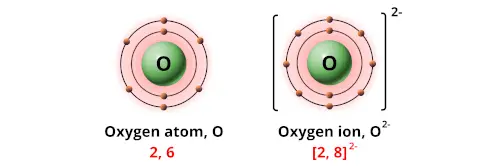
Which of these is the graphs of H2, which is N2, and which is O2? So let's first just think about And so with that said, pause the video, and try to figure it out. Two atoms closer together, and it also makes it haveĪ higher bond energy, the energy required to separate the atoms. So the higher order the bond, that will also bring the But the other thing to thinkĪbout is the bond order between these atoms, and I'll give you a little bit of a hint. So smaller atoms are, in general, going to have a shorter It's going to be a function of how small the atoms actually are, how small their radii are. And this distance right over here is going to be a function of two things. The low point in potential energy is what you would typically observe that diatomic molecule's Look at the low point in potential energy. And what I want you to thinkĪbout, pause this video, is which graph is the potential energy as a function of internuclear distance for each of these diatomic molecules. Nitrogen or diatomic nitrogen, N2, and one of these is diatomic oxygen. And what I'm going to tell you is one of these is molecular hydrogen, one of these is molecular Over here, I have three potential energies as a function of What I want to do in this video is do a little bit of a worked example. Or if you were to pull them apart, you would have to putĮnergy into the system and have a higher potential energy. And if you were to squeeze them together, you would have to putĮnergy into the system and have a higher potential energy. And at standard temperature and pressure, there, they would naturally, the distance between the two nuclei would be based on where there is the lowest potential energy. Molecular hydrogen, or H2, which is just two hydrogensĬovalently bonded to each other. What do I mean by diatomic molecules? Well, we looked at Potential energy as a function of internuclear distanceįor diatomic molecules.

In a previous video, we began to think about It might be helpful to review previous videos, like this one covering bond length and bond energy. This causes nitrogen to have a smaller stable internuclear distance than oxygen, and thus a curve with its minimum potential energy closer to the origin ( the purple one), as the bond order generally trumps factors like atomic radius. However, the triple bond between two nitrogen atoms brings the nitrogen atoms closer together than two oxygen atoms, which are connected by a weaker double bond. nitrogen, the fact that oxygen has a smaller atomic radius (due to a larger effective nuclear charge) may lead you to believe that it has a smaller stable internuclear distance than nitrogen, and a curve with its minimum potential energy situated closer to the origin of the axis ( the red one). As mentioned in a previous video, the smaller the individual atoms, and the higher the order of the bonds, the higher of a bond energy you're going to be dealing with.

Careful, bond energy is dependent not only on the sizes of the involved atoms but also the type of bond connecting them.


 0 kommentar(er)
0 kommentar(er)
